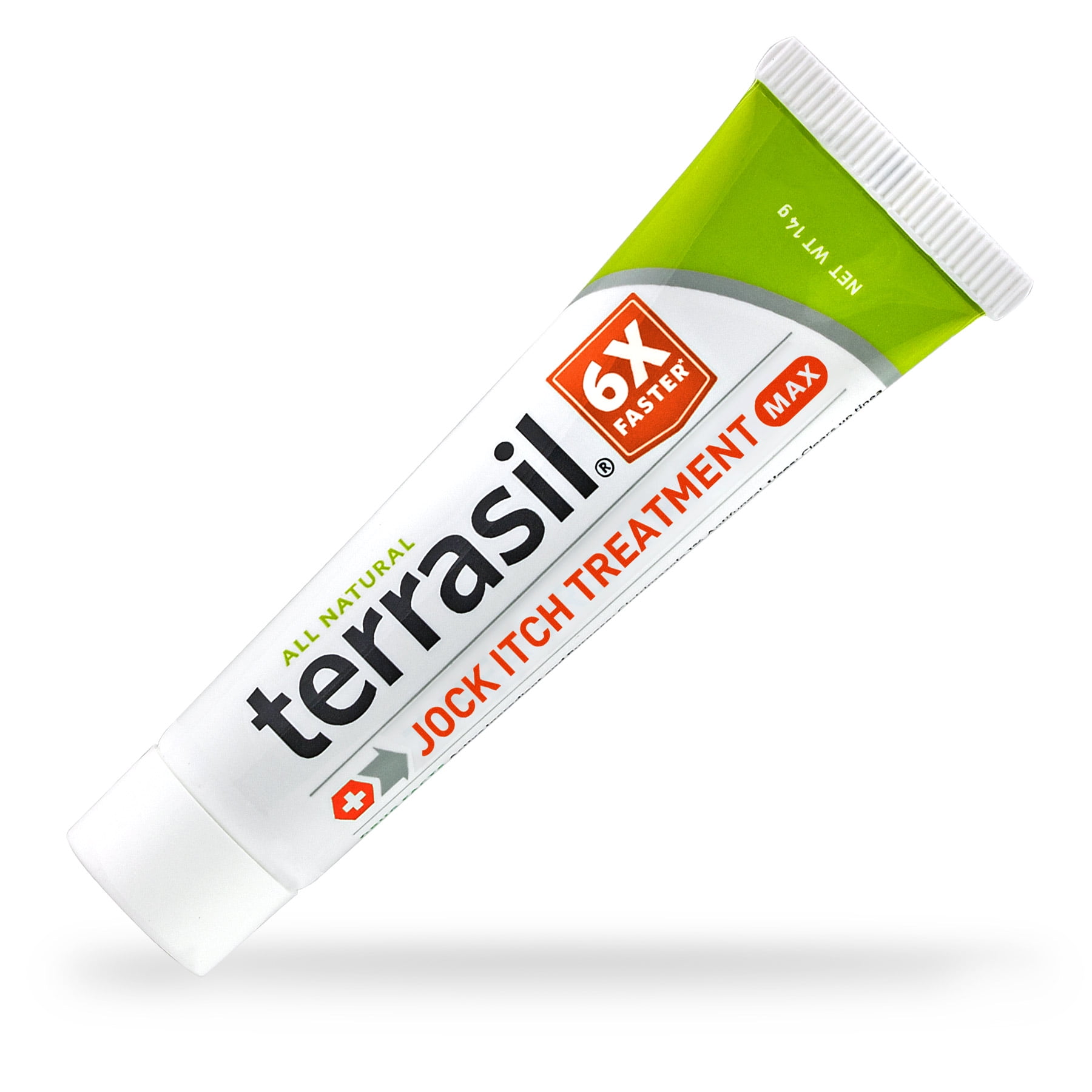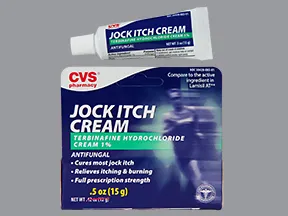

Yeast infection pills typically require a prescription. Although they all have the common goal of alleviating symptoms, they tend to work differently. Most OTC treatments are either topical creams and gels or oral medications. Other available OTC or prescription medications include:īe sure to always finish the entire treatment course, even if your symptoms resolve before completing the medication. For a severe yeast infection, your doctor may recommend a longer prescription course. Diflucan ( fluconazole) is an oral medication usually prescribed as one dose. Prescription yeast infection medications can include oral pills, creams, ointments, or gels. you have four or more yeast infections within 12 months.the infection comes back within 2 months.your symptoms don’t go away after finishing treatment.Talk with your doctor to assess your symptoms and treatment needs if: However, if you’re familiar with the symptoms, you’ll likely be able to pick up an OTC medication to treat the yeast infection. If this is your first time experiencing a yeast infection, it’s best to talk with your doctor for an official diagnosis. Prescription and OTC medications both treat vaginal yeast infections. white or gray clumpy discharge with a cottage cheese-like appearance.

inflammation and swelling around the vagina.taking oral contraceptives or undergoing hormone therapy that increases estrogen levelsĪ vaginal yeast infection causes symptoms like:.Under some conditions, the balance can be disrupted, allowing the yeast to grow out of control. Usually, the good bacteria keep the balance in check. Vaginas typically have a balance of good bacteria and yeast. Yeast infections can affect any part of the body, but they often occur in the vagina.Ī vaginal yeast infection is a fungal infection that causes irritation, discharge, and intense itchiness of the vagina and the vulva - the tissues at the vaginal opening.Īlso called vaginal candidiasis, vaginal yeast infections affect up to 75 percent of people with a vagina at some point in their lifetime. You'll need to wait at least 7 days after finishing the tablets before giving blood.A yeast infection is a common condition caused by an overgrowth of the fungus Candida. Do not give blood while taking terbinafine tablets.If you stop using it too soon the fungal infection could come back.

It's important to finish the course of terbinafine, even if your symptoms get better.If you're taking the tablets, the most common side effects are having a smaller appetite than usual, pain in your joints or muscles, or upset stomach.When using terbinafine on your skin, the most common side effect is irritation in the area where you put it on.The cream, gel and spray usually start to work within a week, and the tablets can take between 2 weeks and a few months to work.Nail infections can take 3 months or more. Many fungal infections get better within 1 to 2 weeks of treatment with terbinafine.Terbinafine tablets are only available on prescription. Your doctor may recommend tablets if they think creams, gels, sprays or solution are not likely to work. It also comes as tablets for treating fungal nail infections and other fungal infections. You can buy these from a pharmacy or shop. There's also a liquid (solution) for athlete's foot.
#Jock itch medicine skin
Terbinafine comes as a cream, gel or spray for treating athlete's foot, ringworm, jock itch, pityriasis versicolor and candidal skin infections.

It's used to treat skin infections caused by a fungus (yeast), including:


 0 kommentar(er)
0 kommentar(er)
